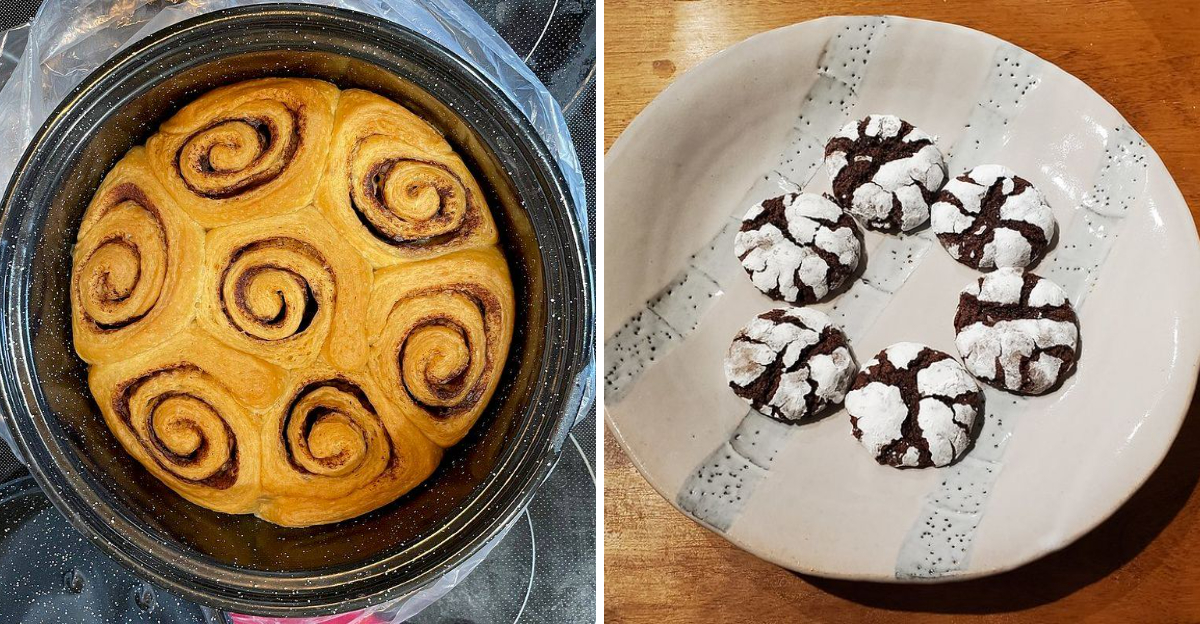15 Common Pantry Items That Expire Faster Than You Think
Most of us have a cabinet filled with spices, oils, and grains we assume will last forever. But here’s the twist: many pantry staples lose freshness and flavor way sooner than the dates stamped on their packages suggest.
What most people don’t know is that storing these items past their prime can affect taste, nutrition, and even safety.
15. Whole Wheat Flour

Unlike its white counterpart, whole wheat flour contains oils from the wheat germ that turn rancid surprisingly fast. Most bakers assume flour lasts years, but this variety starts losing quality within three to six months at room temperature.
Refrigerating or freezing extends its life significantly. Sniff before using; if it smells stale or bitter, toss it out and grab a fresh bag for your next baking adventure.
14. Brown Rice

Brown rice keeps its nutritious bran layer, which sounds great until you realize that layer contains oils prone to spoiling. White rice can sit in your pantry for years, but brown rice typically goes bad within six months.
Store it in the fridge or freezer to prevent that musty, off smell. Regulars say most people miss this detail and wonder why their healthy rice tastes weird after a few months.
13. Ground Coffee
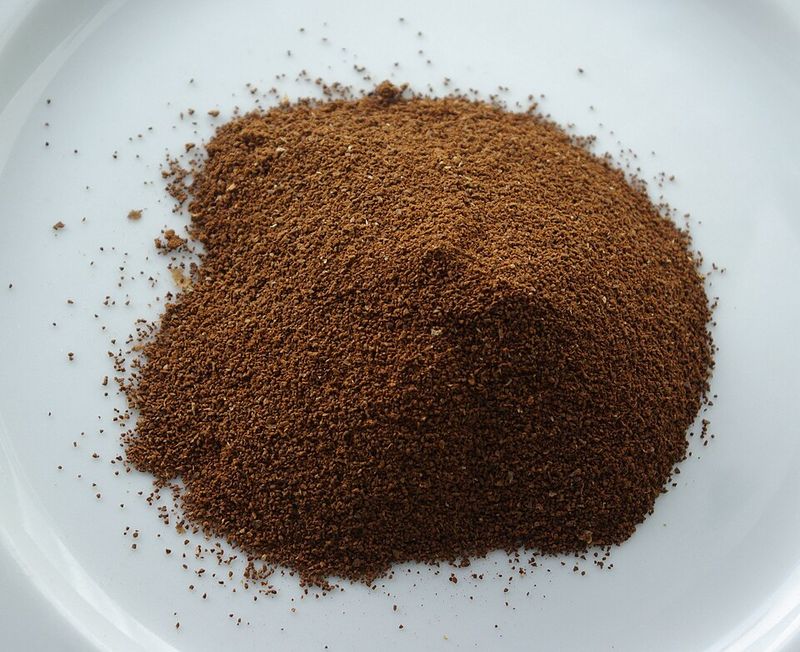
Coffee lovers know the ritual of that morning cup, but ground coffee loses its magic faster than whole beans. Once exposed to air, those aromatic oils start fading within two weeks, even in a sealed container.
What nobody talks about is how stale coffee doesn’t just taste flat; it can develop unpleasant bitter notes. For maximum flavor, buy smaller amounts or invest in whole beans and grind them fresh.
12. Ground Cinnamon

Remember sprinkling cinnamon on toast as a kid? That warm, sweet aroma is unforgettable, but ground cinnamon loses its potency within six months to a year.
The part nobody expected is that old cinnamon doesn’t smell bad; it just becomes flavorless and dull. Chefs quietly recommend buying whole cinnamon sticks and grinding them yourself, or replacing ground versions annually for recipes that truly shine.
11. Vegetable Oil

Vegetable oil seems indestructible, sitting in that same bottle for months or even years. But here’s where it gets interesting: oils oxidize over time, especially when exposed to light and heat, turning rancid within six to twelve months after opening.
Rancid oil tastes bitter and can ruin your cooking. Store bottles in a cool, dark spot and give them a sniff test before frying up your next meal.
10. Baking Powder
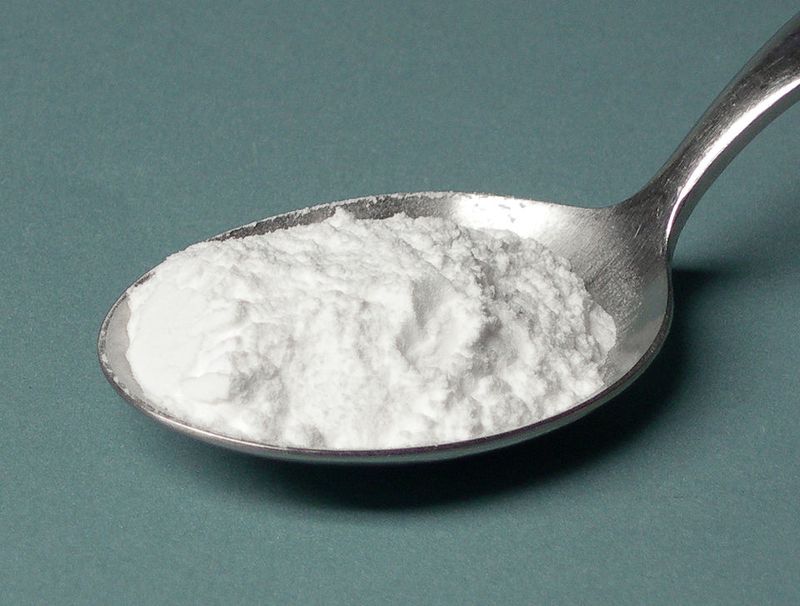
Baking powder is the unsung hero behind fluffy pancakes and perfectly risen cakes, but it loses effectiveness surprisingly fast. Once opened, it typically stays potent for only six months to a year.
Test it by mixing a teaspoon with hot water; if it fizzes vigorously, you’re good to go. If not, your baked goods will fall flat, literally. Replace it regularly to avoid disappointing desserts.
9. Active Dry Yeast
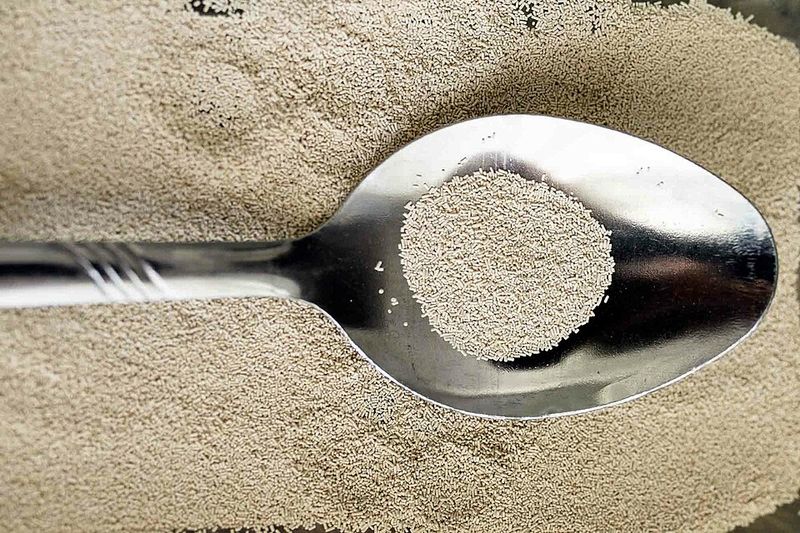
Yeast is alive, which means it doesn’t last forever like you might hope. Active dry yeast starts losing its rising power within four months after opening, even when stored in the fridge.
Folks were stunned when their bread stopped rising, only to discover expired yeast was the culprit. Always check the date and proof your yeast in warm water before mixing it into dough to save time and ingredients.
8. Peanut Butter
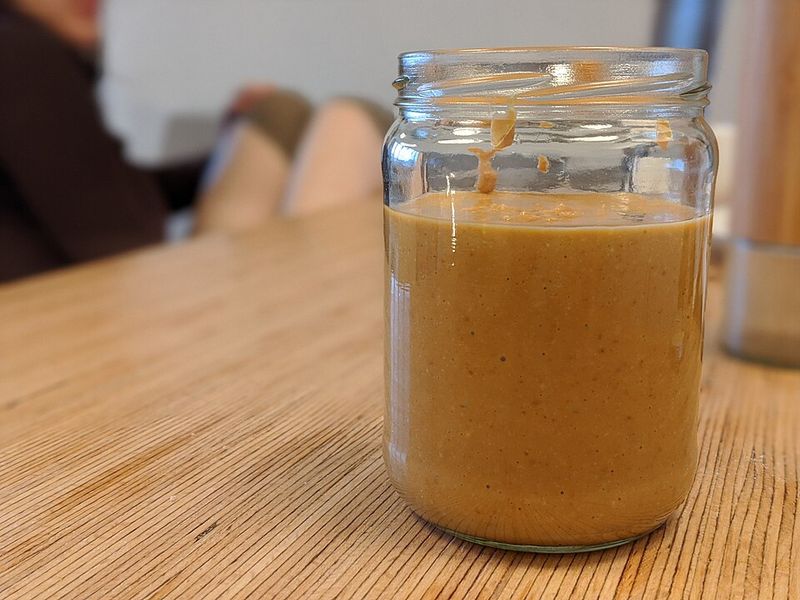
Peanut butter feels like a childhood staple that never goes bad, but natural varieties without preservatives can turn rancid within three to six months after opening. The oils separate and spoil, creating an unpleasant taste.
Even conventional brands lose quality over time. Some people swear natural is best; others treat shelf-stable versions like hidden gems for longer storage. Either way, refrigerate after opening for maximum freshness.
7. Mixed Nuts

Nuts are packed with healthy fats, but those same fats make them prone to going rancid quickly. Mixed nuts typically stay fresh for only three to six months in the pantry.
Sharp-eyed shoppers noticed that bulk bins at stores often have older stock. Store nuts in airtight containers in the fridge or freezer to keep them crunchy and flavorful, especially if you buy large quantities for snacking or baking.
6. Flax Seeds

Flax seeds became a health food darling in the early 2000s, praised for omega-3 fatty acids. But those oils oxidize fast, especially once ground, losing nutritional value within weeks.
Whole seeds last a bit longer but still spoil within a year at room temperature. Locals whisper about storing them in the freezer to preserve freshness. Grind small batches as needed for smoothies or oatmeal to get the most benefits.
5. Tomato Paste

Tomato paste in a can seems like it should last forever once opened, but it actually spoils within five to seven days in the fridge. Mold develops quickly on the surface if not stored properly.
What most people don’t know is freezing leftover paste in ice cube trays makes it last months and portions perfectly for recipes. Transfer it immediately after opening to avoid waste and always have some ready for pasta sauces.
4. Chicken Broth
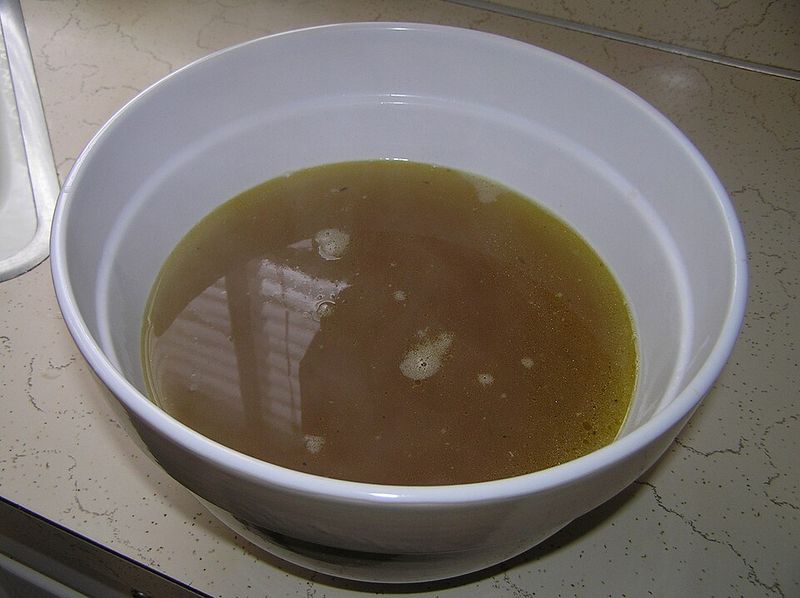
Canned or boxed chicken broth feels shelf-stable forever, but once opened, it only lasts three to four days in the fridge before bacteria starts growing. Many home cooks forget this and risk foodborne illness.
Unopened cartons also expire faster than you’d think, usually within a year. Freeze leftover broth in portions for soups and stews. Did you know about this? It’s a simple trick that prevents waste and keeps meals safe.
3. Rolled Oats
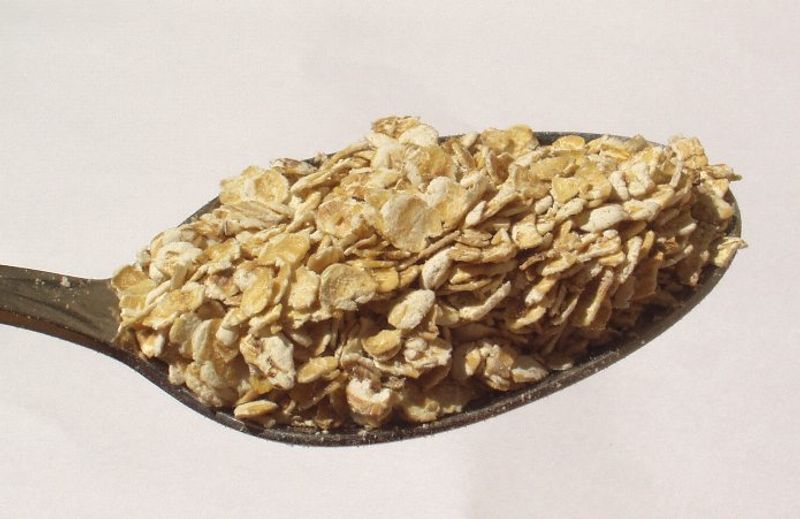
Rolled oats remind many of cozy childhood breakfasts, warm and comforting on cold mornings. But those oats contain oils that can turn rancid within six to twelve months, especially in humid environments.
Store them in airtight containers away from heat and moisture. If they smell musty or taste bitter, it’s time to replace them. Fresh oats make all the difference in cookies, granola, and morning bowls.
2. Dried Oregano
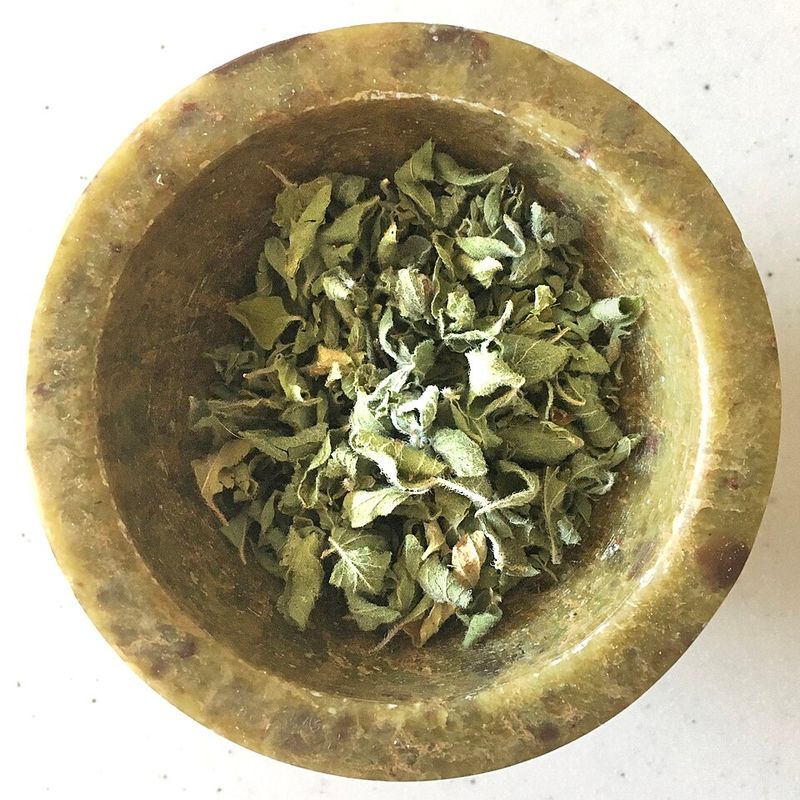
Dried oregano sits in spice racks for years, but it loses flavor and aroma within six months to a year after opening. The vibrant taste fades into dusty nothingness, leaving your pasta sauce flat.
Fans can’t agree on whether dried or fresh is better, but everyone knows stale oregano ruins Italian dishes. Crush a pinch between your fingers; if it doesn’t smell strong, replace it for recipes that truly pop with flavor.
1. Ground Black Pepper

Ground black pepper is so common we barely think about it, but it loses pungency and heat within three to four months after grinding. Pre-ground pepper from the store may already be months old when you buy it.
Whole peppercorns stay fresh for years and deliver superior flavor when freshly cracked. Invest in a simple grinder and taste the difference. Which side of the debate are you on: convenience or freshness?


